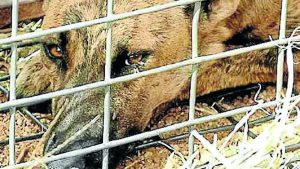Pitch in and help clean up the wetlands
Sunday 5 March is Clean Up Australia Day. Now in it’s 27th year, this simple idea has become the nation’s largest community-based environmental event.
The Friends of Putta Bucca Wetlands are inviting members of the community to help them clean up, fix up and conserve the environment of the Putta Bucca Wetlands.
The public reserve is managed by Mid-Western Regional Council and it’s main attraction is a large disused gravel quarry containing freshwater that seeps in through alluvial aquifers from the Cudgegong River. The quarry now function as as an oxbow lake (billabong) wetland supporting a highly biodiverse wetland ecosystem.
The fluctuating water level, periodic mudflats and abundance of snags and water plants contribute the vital habitat for a high diversity of waterbirds, frogs, fish, and turtles. A number of mammals also inhabit the wetland, including the platypus.
The wetland is also an important breeding site for many birds such as the rainbow bee-eater. Over 150 bird species have been documented at the site.
Rubbish is not only unsightly but can also harm the birds and animals that make the wetland their home.
Animals can become trapped or tangled in bottles, cans, plastic bags and other packaging. This can result in injury or even cause them to drown. Ingesting plastic can also have devastating effects.
Rubbish can also harm or kill wildlife indirectly, chemicals leaching form rubbish can impact on water quality or introduce toxic compounds into the environment.
Why not come along and do your bit to conserve the biodiversity in this little piece of wilderness right in Mudgee’s backyard?
The Clean Up Australia Day event at the Putta Bucca Wetland, Putta Bucca Rd, will be held on Sunday 5 March. We will meet in the car park at 9am and finish around noon.
Fully covered shoes or boots are essential. Please also bring gloves, hat and drinking water. Children are welcome but must be accompanied by a responsible adult.
For more information contact John McCrea jsmccrea@hwy.com.au.

